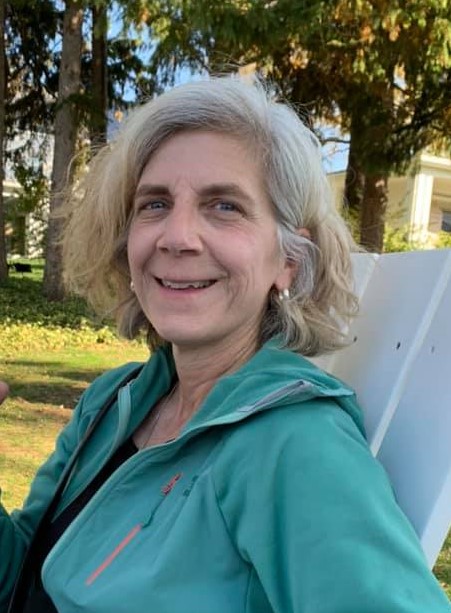BACCC asked all municipal candidates for their views on environmentally-friendly transportation options, presenting them with these three questions. Views expressed are solely those of the candidates and do not reflect the views of BACCC or its members. All responses have been reviewed to ensure appropriateness and relevance to the questions posed. We encourage you to make an informed decision by researching your local candidates.

Hamilton Ward 5 Candidate Lynda Lukasik
From the recommendations in BACCC’s Options for Travel report, which would be your top priority to enact to ensure safe, reliable, convenient and equitable transportation options?
I would place priority on these recommendations:
- Improve the frequency of public transit routes, with more consistently timed service.
- Complete a feasibility analysis for express routes or improved public transit service to business parks.(*I would add that the recommendation should include taking action on the recommendations of the study!)
- Improve cycling infrastructure to improve connectivity and safety for residents
- Consider expanding bikeshare infrastructure across Hamilton, to better serve residents.
- Complete walk audits surrounding all schools to determine safety improvements for pedestrians, particularly children. Track the number of improvements flagged and completed over time.
- Assess and improve the ‘sidewalk to road ratio’ across the city, aiming for 1:1, where feasible.
If environmentally friendly transportation options are not convenient, residents will be less likely to choose those options over driving.
What steps would you take to ensure environmentally friendly transportation options are convenient?
I would advocate for the following:
- Public transit service that is frequent, reliable, affordable (possibly even free in the future)and pleasant to use (clean buses, free wifi on board)
- A comprehensive, connected cycling infrastructure network across urban Hamilton – with separated lanes wherever possible – with key routes connecting rural communities to urban Hamilton.
- Expansion of Hamilton Bike Share across urban Hamilton.
- Urban streets that are safe, welcoming, and pleasant to move along for people of all mobility abilities. This includes providing street furniture, green infrastructure like tree canopy along urban streets, assessment and improvement of all roadway crossings to ensure safety for all pedestrians, addition of pedestrian crossings at strategic mid-road locations to ensure convenient routes for pedestrians.
- Improve hybrid/EV vehicle charging networks to ensure that drivers who have invested in climate-friendly vehicles have the infrastructure supports they need across the city.
Environmentally friendly transportation needs to be perceived as safe in order to be viewed as a viable option.
What steps would you take to ensure all users feel safe when using all transportation methods?
Ensuring the safety of those who choose or must travel using active transportation (walking /biking) or public transit, is essential. The City of Hamilton has an obligation to make these options safe from a mobility justice point of view and also as a core commitment to meaningful action as part of our Climate Change Action Plan. Transportation emissions continue to rise in our city and environmentally friendly transportation is the key to reducing this source of greenhouse gases.
In order to make walking and cycling safer for everyone, I would:
- Advocate for a comprehensive, connected cycling infrastructure network across urban Hamilton with key connections to rural communities. This network should include separated lanes along key corridors and wherever else this is feasible.
- Advocate for safe streets for people of all mobility abilities by accelerating the city’s plans to implement a complete streets model across the municipality.
